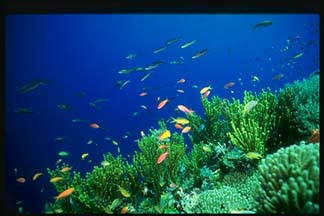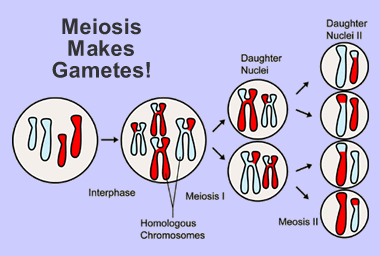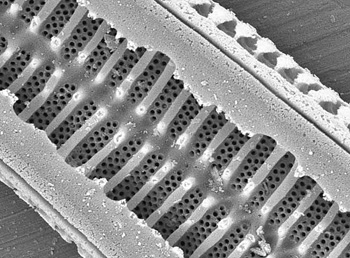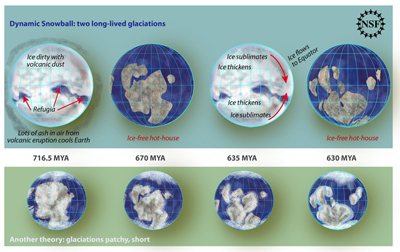Eukaryotic life forms are very diverse!
Trees and mushrooms courtesy of Corel Photography. Monkey courtesy of US Fish and Wildlife, Foram courtesy of Australian Government
The Domain Eukaryota
What do trees, monkeys, plankton and mushrooms have in common? They are all members of the Eukaryota domain! You are a member of the Eukaryota domain too! Plants, animals, protists, and fungi, are all members of the domain.
These groups might seem pretty different, and they are, but they all have a few key aspects in common including their unique cells that are called eukaryotic. All members of the domain Euraryota have eukaryotic cells. And it is the only domain whose members have this cell type. Eukaryotic cells contain a special part called a nucleus that contains genetic material within chromosomes.
You might also be interested in:

Kingdom Plantae contains almost 300,000 different species of plants. It is not the largest kingdom, but it is a very important one! In the process known as "photosynthesis", plants use the energy of the
...more
Members of the Kingdom Protista are the simplest of the eukaryotes. Protists are an unusual group of organisms that were put together because they don't really seem to belong to any other group. Some protists
...more
Eubacteria, also know as “true bacteria”, are microscopic prokaryotic cells. Cyanobacteria, also called blue-green algae, are Eubacteria that have been living on our planet for over 3 billion years. Blue-green
...more
Plants, animals and many other species within the domain Eukaryota are able to make offspring, or young, by sexual reproduction. Their offspring are made from gametes. Gametes are special cells that have
...more
Some scientists look for fossils that are so small they need an electron microscope to find them. The fossils may be small, but what they can tell us about the climate of ancient Earth can be huge. These
...more
There used to be sea ice floating on the tropical ocean, according to new evidence found by geologists. This was quite a long time ago, 716.5 million years ago, during a time known as Snowball Earth. This
...more
Jupiter's atmospheric environment is one of strong gravity, high pressure, strong winds, from 225 miles per hour to 1000 miles per hour, and cold temperatures of -270 degrees to +32 degrees (freezing temperature).
...more















